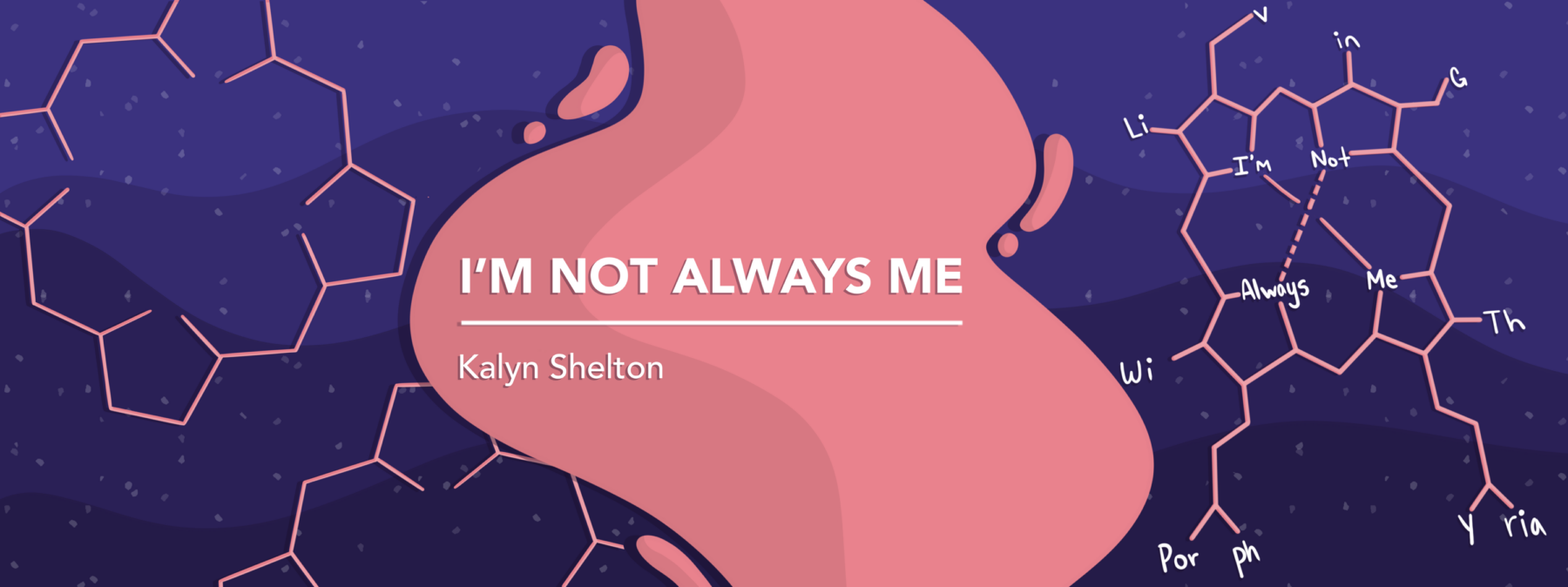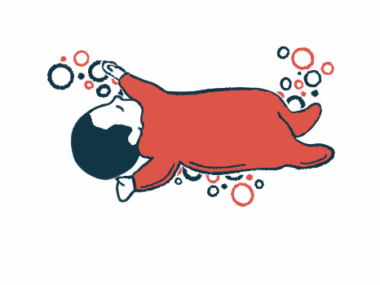Understanding my health became vital after my AIP diagnosis
Learning about porphyria allowed me to manage my care, avoid triggers
Written by |

When living with a rare disorder, it is crucial to understand what is happening within your body. This not only allows you to recognize when your symptoms are about to flare, but it can also ensure you get proper and timely treatment.
I was diagnosed with porphyria in October 2020. In May 2021, a genetic test revealed that, more specifically, I have acute intermittent porphyria (AIP). As I’ve mentioned in previous columns, my mom was diagnosed with porphyria almost 50 years ago, meaning I grew up hearing the term. Regretfully, though, I didn’t learn what porphyria was until my own diagnosis.
Prior to my diagnosis, I experienced severe abdominal pain and mood swings, which caused me to seek medical attention. Doctors prescribed me Prozac (fluoxetine) to stabilize my mood and believed I was constipated. While the Prozac was beneficial for my mental health, my stomach pain, nausea, and vomiting became increasingly debilitating. I lost a lot of sleep and was constantly in pain, forcing me to call out of work.
Hospital visits were always a struggle. A CT scan and ultrasound eliminated the possibility that something was wrong with my gallbladder or appendix, but I still didn’t have answers.
Once I remembered that my mom had mentioned belly pain and nausea, I googled the symptoms of porphyria and realized I was experiencing all of them, aside from seizures. (Since then, though, I have had several seizures.) I mentioned this to a hospital physician and was advised to see my primary care doctor for further testing.
A few days later, I scheduled an appointment with my family doctor, who collected blood and urine samples. It’s important to note that these tests must be done in the dark and that the sample needs to remain in a light-resistant container (e.g., wrapped in aluminum foil).
About a week later, on my way to work, my doctor called me and confirmed that my labs showed elevated porphyrin levels, indicating I had porphyria.
Learning more about AIP
At that point, I decided to learn more about the disease because I wasn’t ready to die. I had to get better, and considering how rare AIP is, I had a lot of explaining to do with physicians and nurses. I needed to be very clear about what my body was going through and what needed to be done to manage a flare.
I learned it was important for me to maintain a high-carb diet and to avoid triggers such as smoking, alcohol, mental or physical stress, unsafe medications, and hormones. While hormones can’t always be avoided, my doctors took me off of Nexplanon (etonogestrel implant), and I had a bilateral salpingectomy (fallopian tube removal) and a full hysterectomy. Although these procedures didn’t affect my hormone levels, they meant that I no longer needed birth control, which did affect my hormones. Plus, considering how sensitive I am to hormonal changes, it’s possible that pregnancy could have been fatal for me and the baby.
Since my diagnosis, I have written a book called “I’m Not Always Me: Living With Porphyria,” multiple columns for Porphyria News, and became an advocate for fellow patients. Now, when asked, “What is porphyria?” I respond: “It is a rare blood disorder that affects my nervous system. It causes extreme pain on the right side of my abdomen, confusion, nausea, vomiting, and seizures.”
Despite all of the suffering I’ve experienced due to AIP, I’m still a blessed porphyria warrior!
Note: Porphyria News is strictly a news and information website about the disease. It does not provide medical advice, diagnosis, or treatment. This content is not intended to be a substitute for professional medical advice, diagnosis, or treatment. Always seek the advice of your physician or other qualified health provider with any questions you may have regarding a medical condition. Never disregard professional medical advice or delay in seeking it because of something you have read on this website. The opinions expressed in this column are not those of Porphyria News or its parent company, Bionews, and are intended to spark discussion about issues pertaining to porphyria.







Diana Deats
I am AIP. People with the exception of PCT, always find it interesting that you are a Porph because it is genetic.
And as in my family, it is more interesting knowing which of the ones who are carriers, have CONTROL over their AIP.
Hard when you start, but to gain a "normal" life, one can overcome the worst of AIP through becoming one's own watchdog.
Following through is a must.